A journey through the history of medieval castles
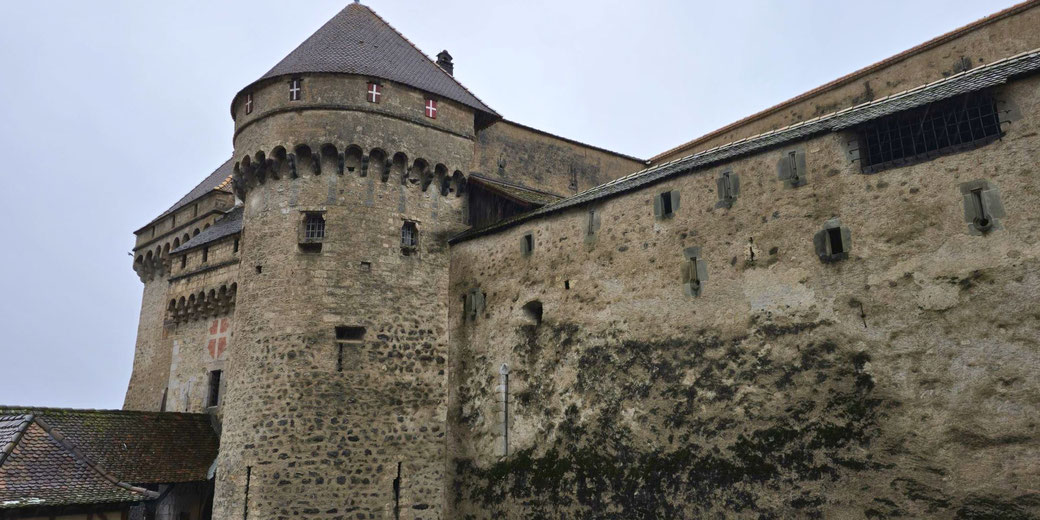
Castles were a type of defensive structure built during the Middle Ages. They were important buildings for almost a thousand years before gunpower weapons made them obsolete.
Almost all countries in Europe spent significant sums of money on building castles in their lands as a way of protecting their most valuable regions.
The Norman invasion of England
Castles appeared in England, in particular, as a result of the Norman invasion in AD 1066.
Very soon after conquering England, the Normans built hundreds of defensive structures throughout the land as a way of suppressing any revolts against their rule.
Most people associate castles with huge stone complexes, complete with high walls and turrets. However, the earliest castles did not start out this way.
Castle building was an artform that developed over centuries, and it wasn't until the high Middle Ages that the massive structures we know today existed.
In this article, we will provide a brief summary of the history of the castle.
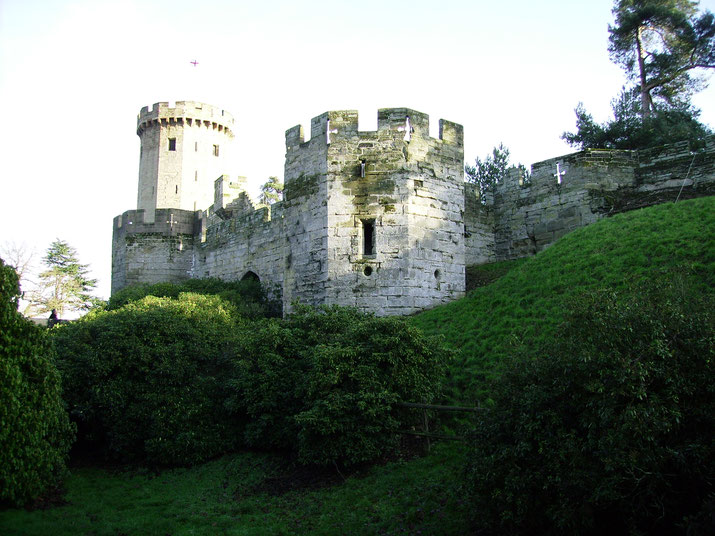
Motte and bailey castle
These were the earliest form of defensive structures and were mostly built from wood, not stone.
Usually, a lord would find a hill (motte) to serve as a strong defensive position.
They would then construct a wooden wall around the top of the hill. At the bottom of the hill a second wood defensive wall was built, called a 'bailey'.
The motte and the bailey were often connected by a door or bridge that could be closed or raised when required.
Often, the builders would dig a moat around both the motte and bailey as an extra line of defense.
Since the motte and bailey castle was predominantly made from wood, they were relatively quick and cheap to build.
Most medieval castles began in this way and, over centuries, were replaced or upgraded to later versions.
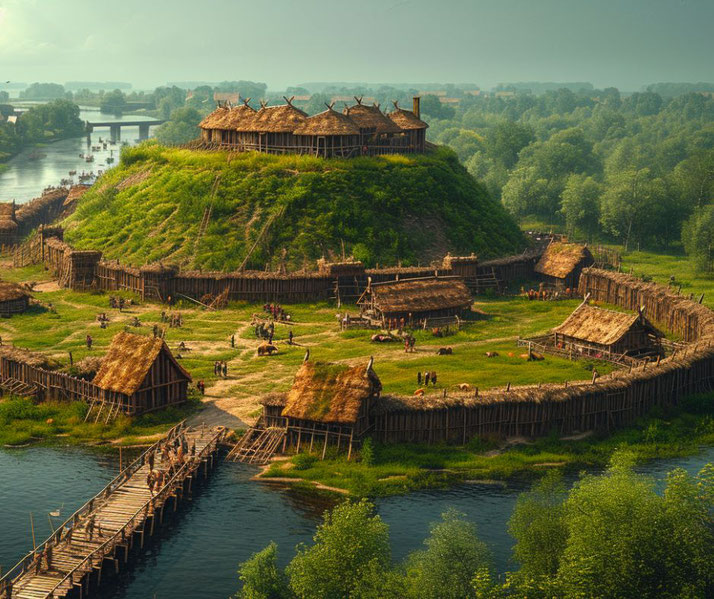
Stone keep castle
Over time, medieval lords wanted a more durable defensive structure than a wooden motte and bailey.
This was due to the fact that attackers could easily burn wooden structures. Therefore, designers started incorporating stone into their castle plans.
The first stage of this process was building a structure called a 'keep' in the centre of an existing castle.
A keep was a stone tower that was used as a final line of defense to fight off attackers or could be used for storage or administration in times of peace.
Keeps could have several floors inside, which would allow defenders to stand above any potential attackers and give them an advantage.
Once stone keeps became common, designers then replaced older wooden walls with thick stone walls.
These were far more durable and allowed soldiers to stand on them and attack their enemies.
If a landowner had enough money, they could now design an entire castle made from stone.
Besieging enemies would be faced with the prospect of not only having to get over stone walls, but also trying to capture a stone keep.

Concentric castles
By the 12th and 13th centuries, castle architects had begun creating castles with more than one outer wall.
They realised that for each wall that attackers had to get over, the better chance the defenders had of surviving a siege.
Multiple surrounding walls were called 'concentric walls'. A clever part of the design of concentric walled castles is that if the different walls were of increasingly greater heights, defending archers would always have the better position to shoot down on their opponents.
Some of the best designed concentric castles had sophisticated systems to trap and kill attackers as they tried to ascend or destroy each wall.
The space between two sets of walls was known as the ‘killing field’, as people trapped there could neither retreat nor survive long enough to attack the second wall.
Some castles had false alleyways, which attackers would run down, but then be caught in a dead end and be killed from above.
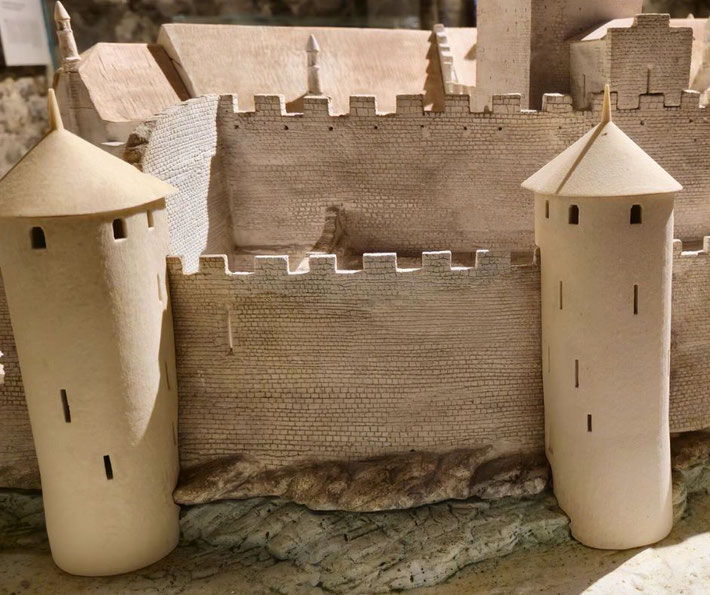
How to capture a castle
As castle designs became more sophisticated and difficult to attack, medieval engineers had to think up creative ways to overcome the castle's strong defensive position.
Here is a brief summary of attacking strategies to capture a castle:
Burn them out
If the castle was made mostly of wood, then fire was a simple strategy. Attackers could just light a fire next to the wall or shoot flaming arrows into the castle.
Once the fire took hold, it was a simple case of watching and waiting until the wall was compromised, and then charge in to fight.
However, if the attackers were facing a stone keep or walls, this would be ineffective.
Frontal assault
Attackers could take their chances with a traditional hand-to-hand fight. They could bring a series of ladders that soldiers could lean against the castle walls and climb up to engage the defenders.
However, fighting an enemy while holding on to a ladder usually puts the attacker at a disadvantage.
Alternatively, attackers could bring in a 'ram', which was a large log from a tree that they could bash against the wooden door of the castle to try and break through.
Unfortunately, this usually took a long time, and while the attackers were standing still, working the ram, the defenders could kill them off one-by-one.
Destroy the walls
Engineers came up with numerous ways of knocking down stone walls from a distance, which would reduce the number of attackers who could be killed by the defenders.
Besieging armies could bring in catapults or the much larger trebuchets, which could launch rocks at the stone walls.
If enough rocks hit the wall in the same place, it would eventually collapse, and the attackers could charge through the newly created gap.
Alternatively, an attacking army could 'undermine' the stone walls. This involved miners digging underground and tunnelling through the soil below the walls.
Due to the immense weight of stone walls, the tunnel would collapse and the wall above it would as well.
Often, to increase the effectiveness of this method, attackers would load up explosives in the tunnel and increase the amount of wall that would collapse with a controlled explosion.
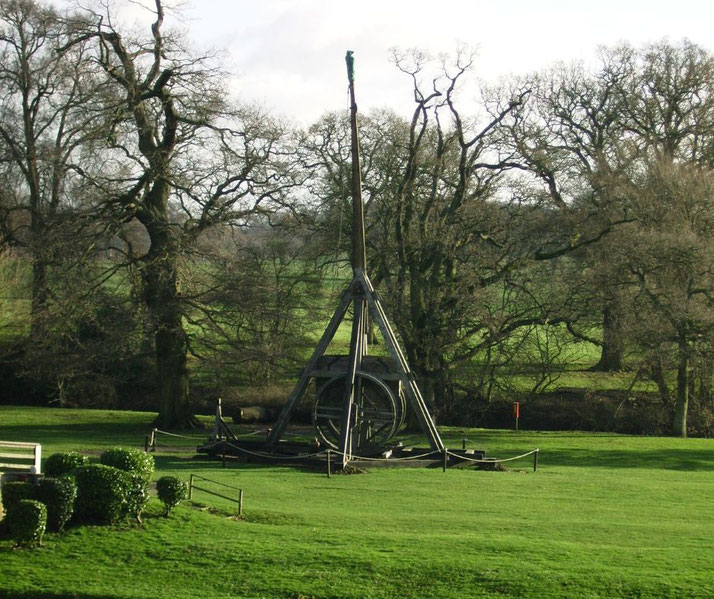
Starve them out
If all else failed, a prolonged siege was the best strategy. If an attacking army could surround a castle entirely, they could cut off food and water supplies reaching the defenders.
Eventually, if no other army came to help rescue the defenders, the people in the castle would run out of food and would have to surrender.
No matter how thick a stone wall was, if a defender didn't have enough food and water to survive, a castle was useless to them.
Further reading
What do you need help with?
Download ready-to-use digital learning resources
Copyright © History Skills 2014-2025.
Contact via email
With the exception of links to external sites, some historical sources and extracts from specific publications, all content on this website is copyrighted by History Skills. This content may not be copied, republished or redistributed without written permission from the website creator. Please use the Contact page to obtain relevant permission.





